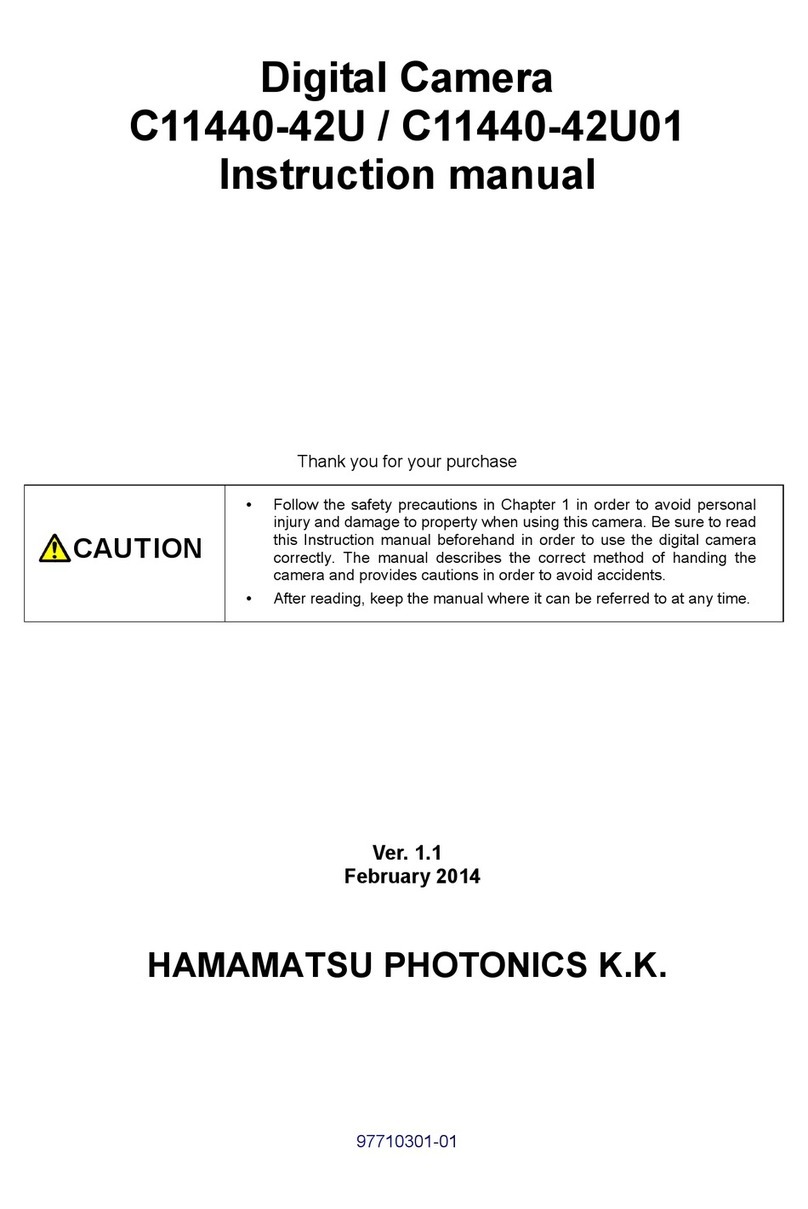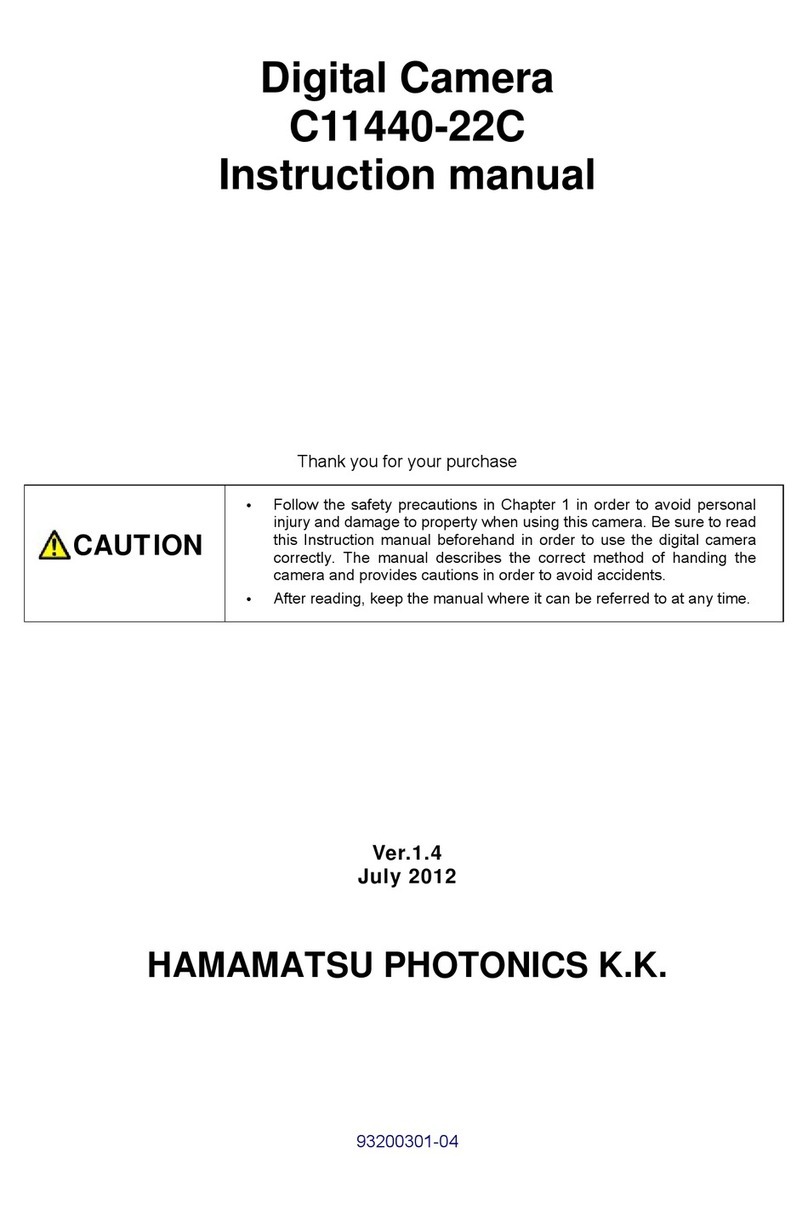Hamamatsu Photonics C10910 User manual
Other Hamamatsu Photonics Digital Camera manuals
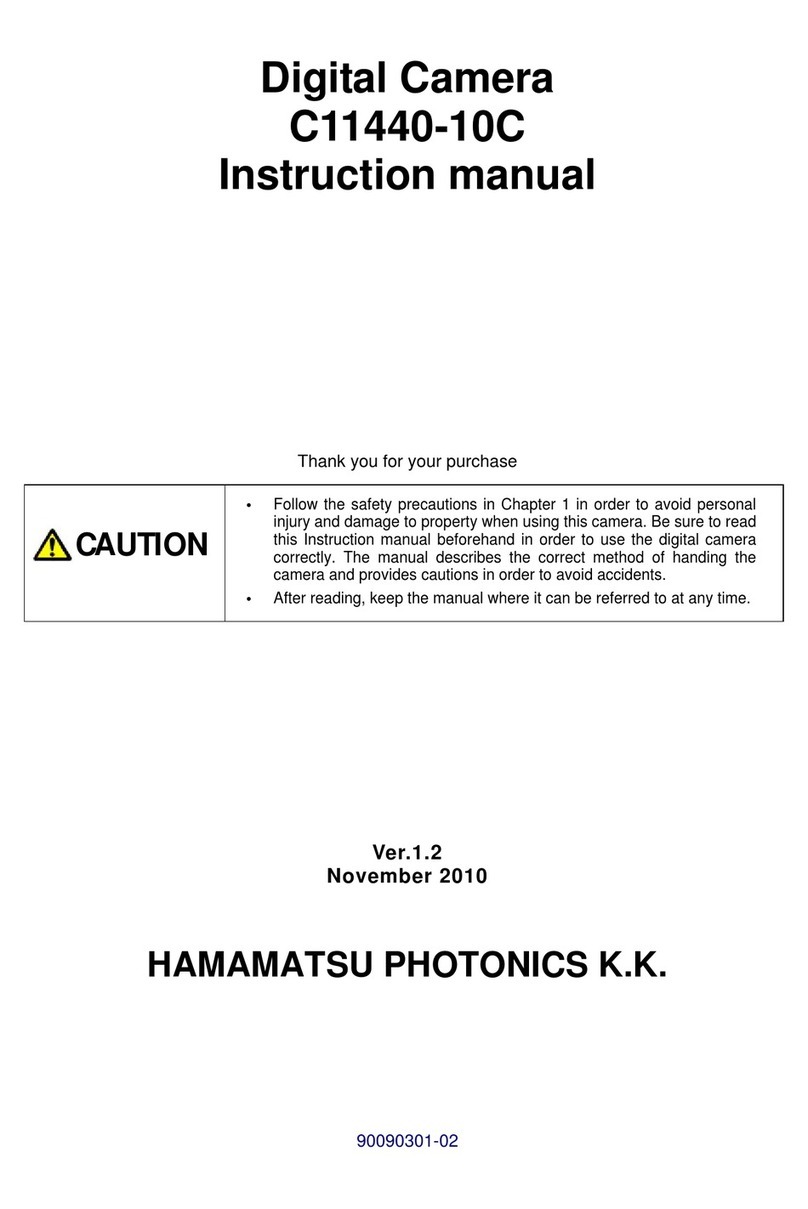
Hamamatsu Photonics
Hamamatsu Photonics C11440-10C User manual
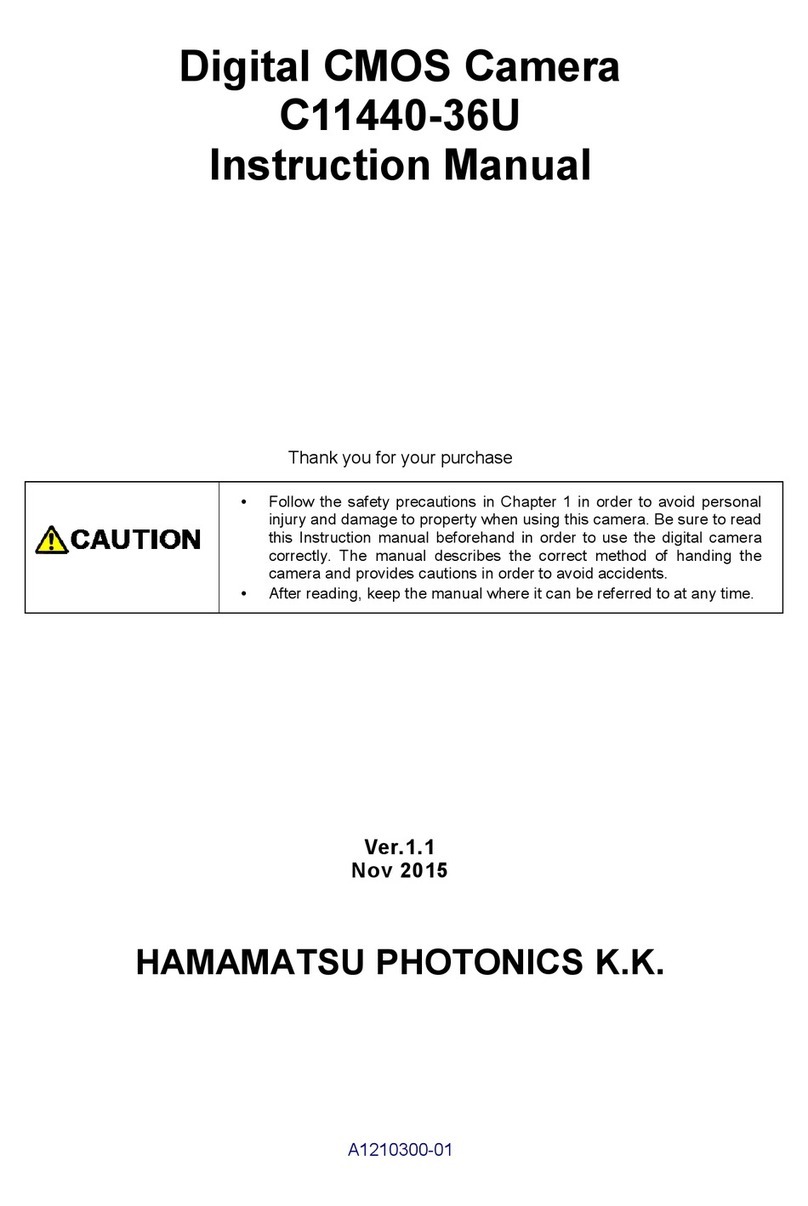
Hamamatsu Photonics
Hamamatsu Photonics C11440-36U User manual

Hamamatsu Photonics
Hamamatsu Photonics C9300-124 User manual

Hamamatsu Photonics
Hamamatsu Photonics C15550-20UP User manual

Hamamatsu Photonics
Hamamatsu Photonics C11440-22CU User manual
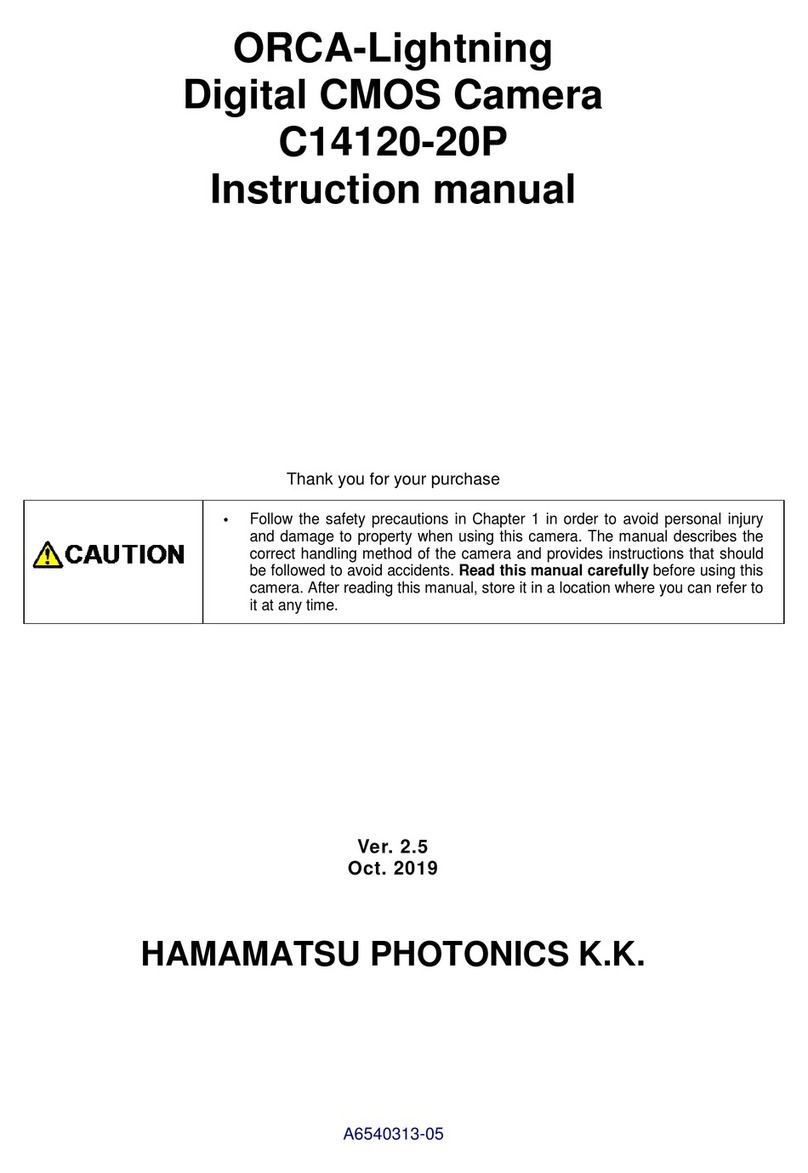
Hamamatsu Photonics
Hamamatsu Photonics ORCA-Lighting C14120-20P User manual
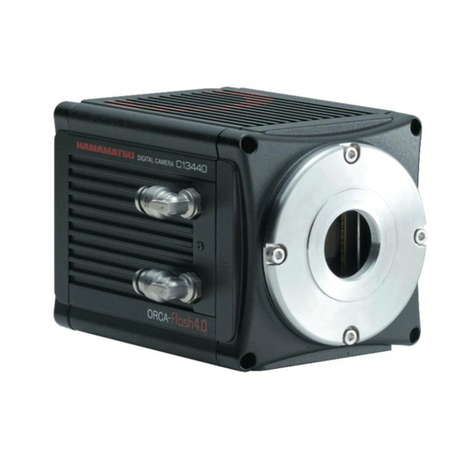
Hamamatsu Photonics
Hamamatsu Photonics C13440-20CU User manual

Hamamatsu Photonics
Hamamatsu Photonics ORCA-Fire C16240-20UP User manual
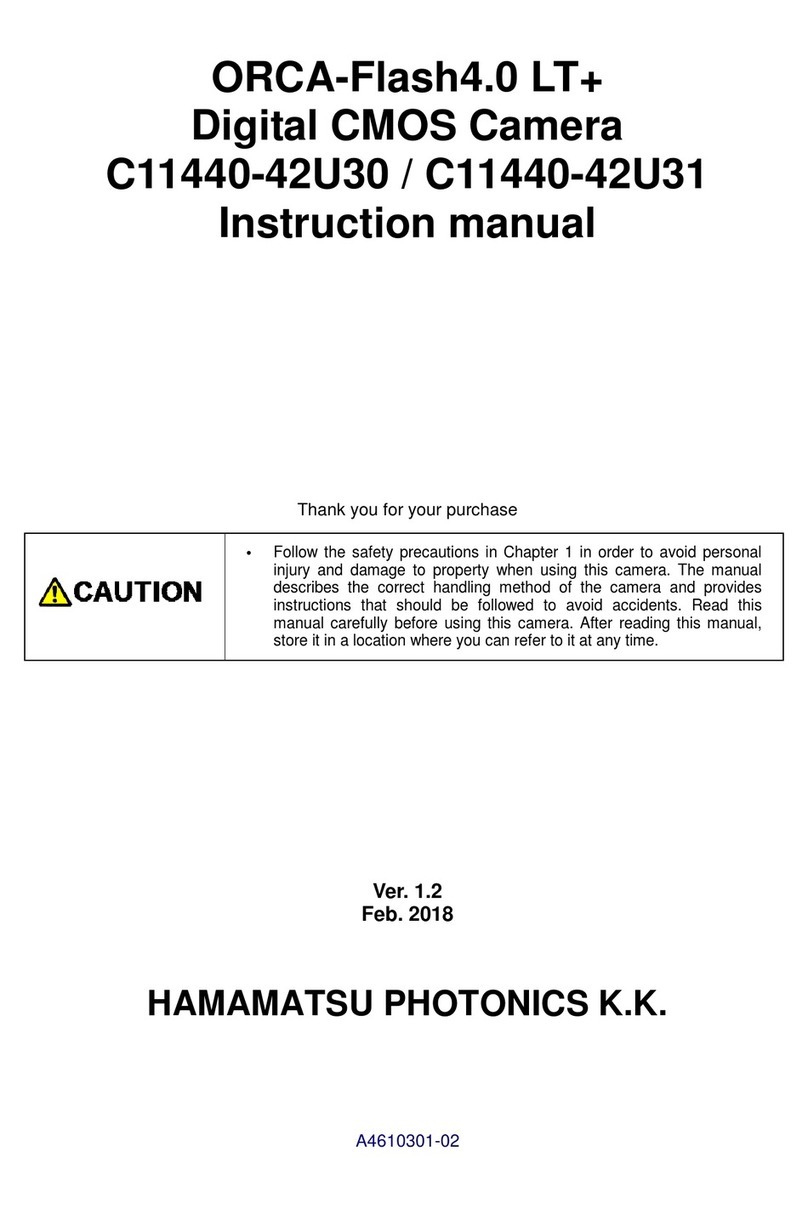
Hamamatsu Photonics
Hamamatsu Photonics C11440-42U30 User manual
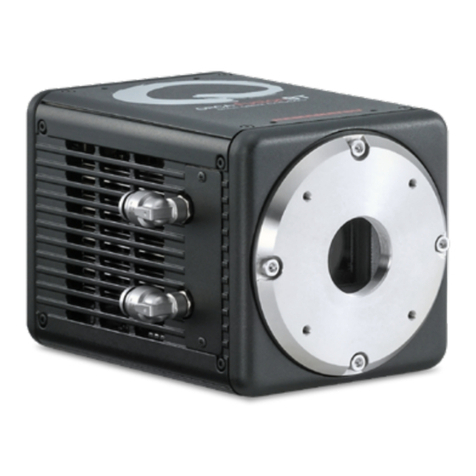
Hamamatsu Photonics
Hamamatsu Photonics C15440-20UP User manual
